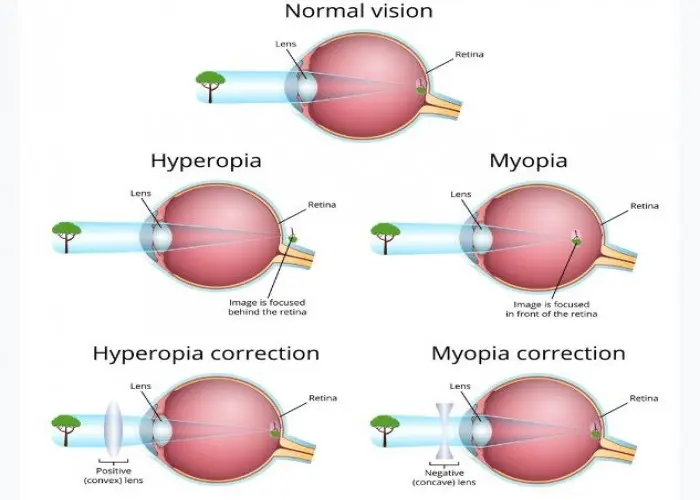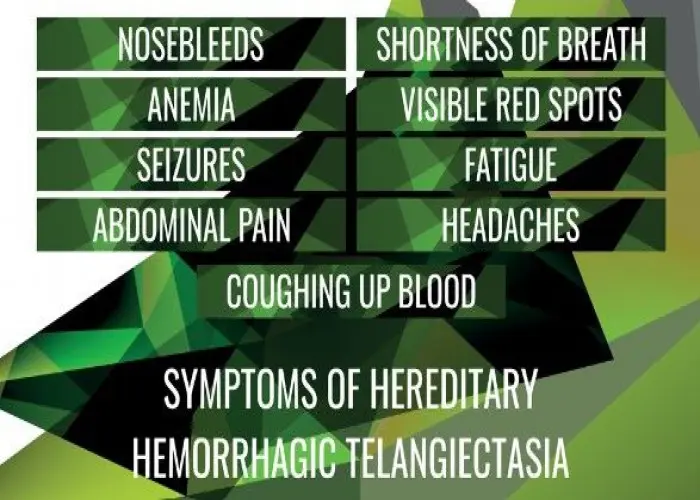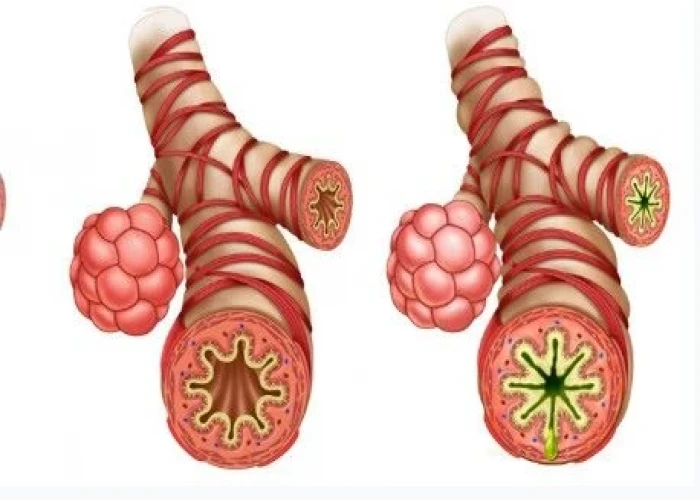 Welcome
Welcome
“May all be happy, may all be healed, may all be at peace and may no one ever suffer."
Farsightedness

Farsightedness, also known as hyperopia, is a common vision condition in which a person can see objects at a distance more clearly than objects up close. It occurs when the eye is shorter than normal or when the cornea is too flat, causing light to focus behind the retina instead of on it.
People with mild hyperopia may not experience any symptoms, but those with more significant farsightedness may experience blurred vision, eyestrain, headaches, and difficulty focusing on close objects. In some cases, farsightedness can also cause eye fatigue and discomfort, especially after prolonged periods of close work such as reading or using a computer.
Farsightedness can be diagnosed through a comprehensive eye exam, which includes visual acuity tests, refraction testing, and an examination of the inside of the eye.
Treatment for farsightedness typically involves corrective lenses, such as eyeglasses or contact lenses, which help to adjust the way that light enters the eye and improve visual clarity. Refractive surgery, such as LASIK, can also be used to correct hyperopia by reshaping the cornea to improve the way that light enters the eye.
Early diagnosis and treatment are important to prevent complications associated with farsightedness, such as amblyopia (lazy eye) or strabismus (crossed eyes), especially in children. It is recommended that people have regular eye exams to detect any changes in their vision and to ensure that any vision problems are detected and treated promptly.
Research Papers
Disease Signs and Symptoms
- Blurred vision of eye
- Headaches
Disease Causes
Farsightedness
Your eye has two parts that focus images:
- The cornea is the clear, dome-shaped front surface of your eye.
- The lens is a clear structure about the size and shape of an M&M's candy.
In a normally shaped eye, each of these focusing elements has a perfectly smooth curvature, like the surface of a marble. A cornea and lens with such curvature bend (refract) all incoming light to make a sharply focused image directly on the retina, at the back of your eye.
A refractive error
If your cornea or lens isn't evenly and smoothly curved, light rays aren't refracted properly, and you have a refractive error.
Farsightedness occurs when your eyeball is shorter than normal or your cornea is curved too little. The effect is the opposite of nearsightedness.
Other refractive errors
In addition to farsightedness, other refractive errors include:
- Nearsightedness (myopia). Nearsightedness usually occurs when your eyeball is longer than normal or your cornea is curved too steeply. Instead of being focused precisely on your retina, light is focused in front of your retina, resulting in a blurry appearance for distant objects.
- Astigmatism. This occurs when your cornea or lens is curved more steeply in one direction than it is in another. Uncorrected astigmatism blurs your vision.
Disease Prevents
Disease Treatments
The goal of treating farsightedness is to help focus light on the retina through the use of corrective lenses or refractive surgery.
Prescription lenses
In young people, treatment isn't always necessary because the crystalline lenses inside the eyes are flexible enough to compensate for the condition. Depending on the degree of farsightedness, you may need prescription lenses to improve your near vision. This is especially likely as you age and the lenses inside your eyes become less flexible.
Wearing prescription lenses treats farsightedness by counteracting the decreased curvature of your cornea or the smaller size (length) of your eye. Types of prescription lenses include:
- Eyeglasses. This is a simple, safe way to sharpen vision caused by farsightedness. The variety of eyeglass lenses is wide and includes single vision, bifocals, trifocals and progressive multifocals.
- Contact lenses. These lenses are worn right on your eyes. They are available in a variety of materials and designs, including soft and rigid, gas permeable in combination with spherical, toric, multifocal and monovision designs. Ask your eye doctor about the pros and cons of contact lenses and what might be best for you.
Refractive surgery
Although most refractive surgical procedures are used to treat nearsightedness, they can also be used for mild to moderate farsightedness. These surgical treatments correct farsightedness by reshaping the curvature of your cornea. Refractive surgery methods include:
- Laser-assisted in situ keratomileusis (LASIK). With this procedure, your eye surgeon makes a thin, hinged flap into your cornea. He or she then uses a laser to adjust the curves of the cornea that corrects the farsightedness. Recovery from LASIK surgery is usually more rapid and causes less discomfort than other corneal surgeries.
- Laser-assisted subepithelial keratectomy (LASEK). The surgeon creates an ultra-thin flap only in the cornea's outer protective cover (epithelium). He or she then uses a laser to reshape the cornea's outer layers, changing its curve, and then replaces the epithelium.
- Photorefractive keratectomy (PRK). This procedure is similar to LASEK, except the surgeon completely removes the epithelium, then uses the laser to reshape the cornea. The epithelium is not replaced, but will grow back naturally, conforming to your cornea's new shape.
Talk with your doctor about the possible side effects of refractive surgery.
Disease Diagnoses
Disease Allopathic Generics
Disease Ayurvedic Generics
Disease Homeopathic Generics
Disease yoga
Farsightedness and Learn More about Diseases

Gender dysphoria

Esthesioneuroblastoma

Interstitial lung disease

Respiratory syncytial virus (RSV)

Sudden infant death syndrome (SIDS)

Hereditary hemorrhagic telangiectasia

Aphasia

Occupational asthma
farsightedness, দূরদৃষ্টি
To be happy, beautiful, healthy, wealthy, hale and long-lived stay with DM3S.
